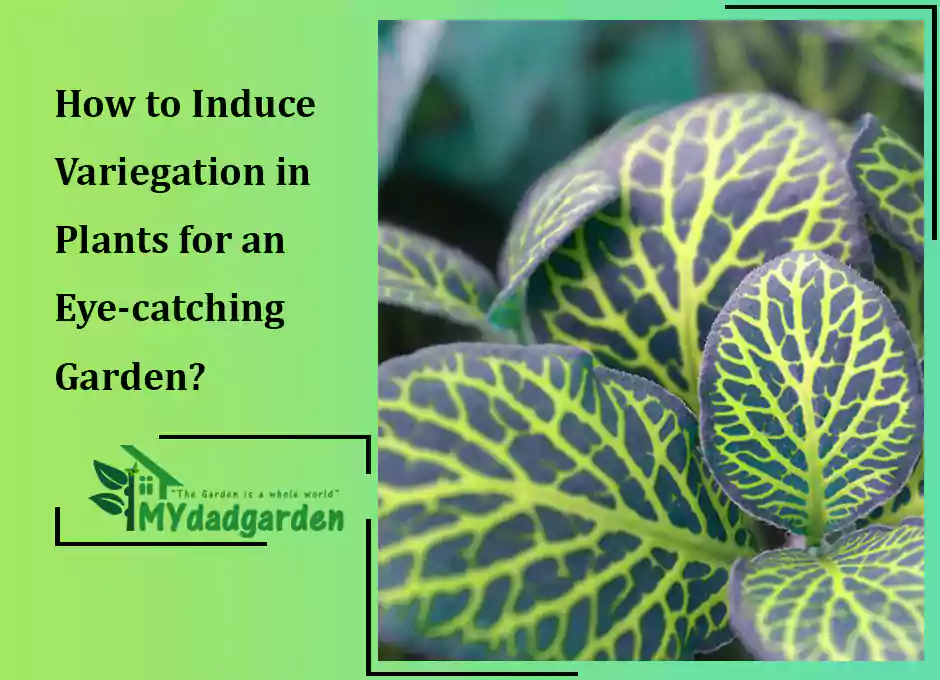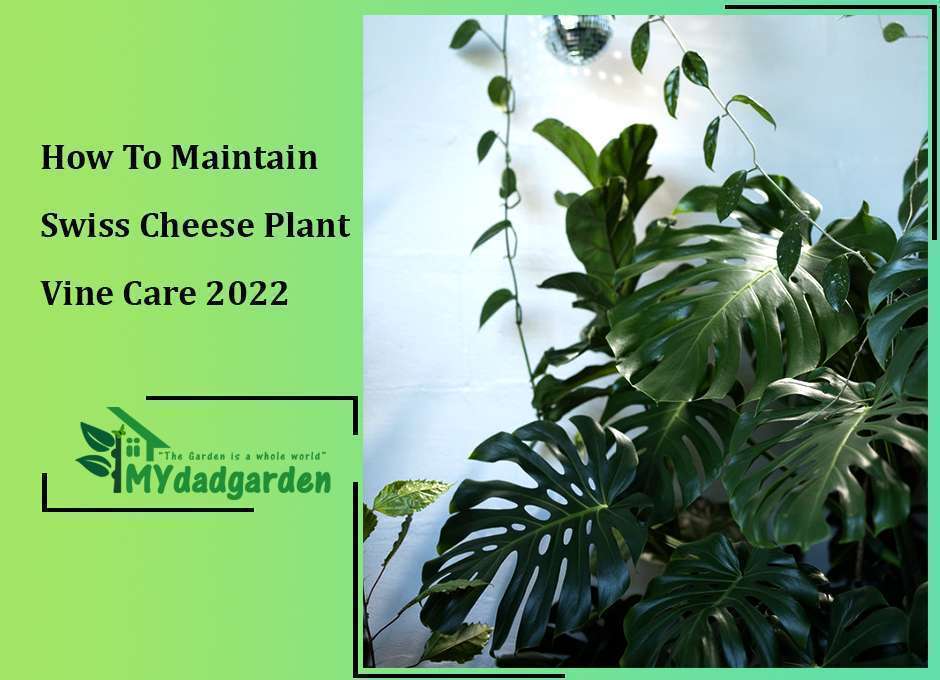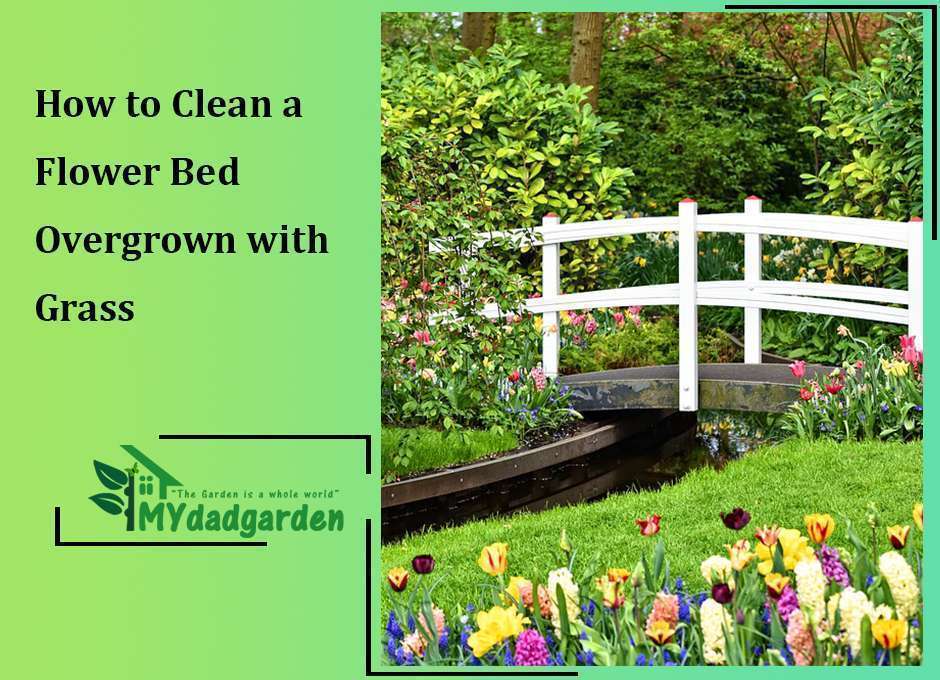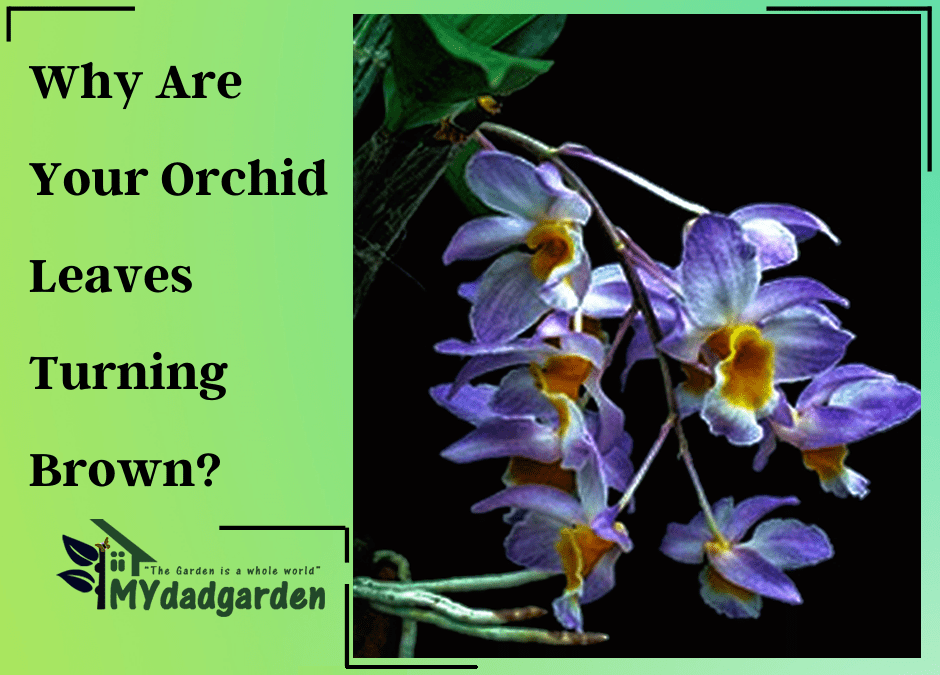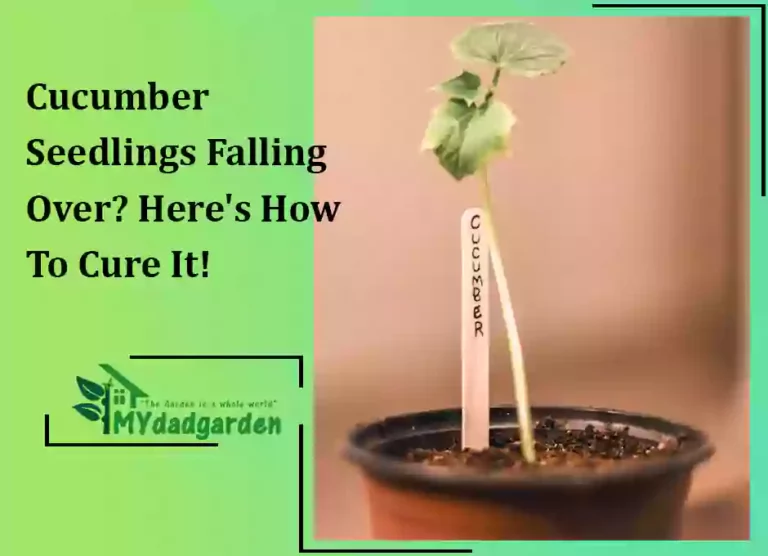How to Induce Variegation in Plants for an Eye-catching Garden?
If you’re looking to add some visual interest to your garden, one way to do so is by inducing Variegation in your plants. This process causes plants to produce patches of two or more colors on their leaves.
It can be a great way to add flair and uniqueness to your garden. Here we will discuss how to induce Variegation in plants and give you tips on getting the most out of this technique!

Table of Contents
Can You Induce Variegation In Plants?
The term “variegation” refers to the presence of two or more colors in a plant’s leaves or flowers. While some plants are naturally variegated, others may develop this trait due to environmental stressors, such as excessive sun exposure or extreme temperature changes.
In some cases, it is possible to induce Variegation through the use of chemicals or by altering the plant’s growing conditions.
However, inducing Variegation is not always successful, and it can sometimes be challenging to maintain the desired coloration over time.
For these reasons, variegated plants often command a higher price than their non-variegated counterparts. Ultimately, whether or not you can induce Variegation in a particular plant will depend on various factors.

How To Induce Indoor Plant Variegation Through Transposable Elements?
Transposable elements are DNA sequences that can move around within the genome of a single organism. In plants, transposable elements are often responsible for creating patterns of coloration, known as Variegation.
By inducing transposable elements’ movement within a houseplant’s genome, it is possible to change the plant’s colors.
Several methods can induce transposable element movement, including physical stress, chemical treatment, and radiation.

Including Physical Stress
One way to induce indoor plant Variegation is by including physical stress. For example, you can place the plant in a well-ventilated area or expose it to drafts. You can also change the temperature or light conditions.
Variegation is usually more pronounced in plants that are under stress. However, it’s crucial to not induce too much pressure, as this can damage the plant.
If you’re unsure how much stress to induce, it’s best to start with a small amount and increase it gradually. With a little trial and error, you should be able to find the perfect balance for your plant.
Chemical Treatment
Variegation is a plant coloring pattern characterized by patches of different colors. While some plants are naturally variegated, others undergo a chemical treatment to induce this effect.
The most common chemical used to induce Variegation is chloroplast poesies, which interfere with chlorophyll production. As a result, the areas of the plant treated with this chemical lack chlorophyll and appear white or pale in color.
While Variegation can add visual interest to a plant, it can also make it more susceptible to disease. As such, chemical treatments should be carefully considered before being applied.

What chemical makes plants variegated?
Several chemicals can cause Variegation, including albino, dorado, leucoderma, and xanthan. Each of these chemicals inhibits the production of chlorophyll, resulting in a plant with striking colors and patterns.
While some gardeners view Variegation as a desirable trait, it can also make plants more vulnerable to disease and pests. As a result, chemically-induced Variegation should be used with caution.
Radiation
Another way to induce Variegation in plants is through radiation. This can be done either through nuclear radiation or X-rays.
When radiation hits the plant cells, it disrupts pigment production, leading to variegated leaves’ characteristic streaked or mottled appearance.
While this method is effective, it can also be dangerous to the plants and the person performing the radiation treatment. As a result, taking all necessary precautions when using radiation to induce Variegation is essential.

Grafting
Another way to variegate plants is through grafting. This involves taking a cutting from a variegated plant and grafting it onto the root system of a non-variegated plant.
Grafting is more labor-intensive than radiation treatment, but it is generally safer and results in a more aesthetically pleasing plant.
Each of the above methods has risks and benefits, so choosing the best way for you and your plants is crucial. With careful planning and execution, it is possible to use transposable elements to change the colors of your house plants and create unique and beautiful patterns.
What Causes Variegation?
Variegation is a striking pattern often seen in leaves and flowers, where the tissue is marked with patches of different colors.
Several factors can cause Variegation, including viruses, mutation, and cell damage.
One of the most common causes of Variegation is a virus known as the tobacco mosaic virus. This virus infects the plant’s cells, causing them to produce more pigment in some areas than in others.
Variegation can also be caused by a mutation in the plant’s genes. This can occur spontaneously or as a result of exposure to radiation or chemicals.
Finally, damage to the cells can also cause Variegation. This may be due to physical injuries, such as bruising or disease.
Variegation is usually purely cosmetic, but it can occasionally harm the plant’s health.
For example, if the cells are damaged, they may be unable to photosynthesize appropriately, stunting the plant’s growth.

How Do I Care For Variegated Plants?
FAQ
Can you While the exact cause of Variegation is not fully understood, it is generally thought to be the result of a genetic mutation.
Variegated plants are often prized for their unique appearance, but they can be more challenging to care for than their non-variegated counterparts.
One of the most important things to remember when caring for variegated plants is that they are often less tolerant of direct sunlight. This is because the pigment cells in variegated leaves are more fragile than those in solid-colored leaves.
As a result, too much sun can cause the leaves to scorch or fade. Variegated plants also tend to be less tolerant of extreme temperatures and need more careful watering than other plants.
However, variegated plants can add a touch of elegance to any home or garden with a bit of extra care.

How Can You Maintain Variegation In A Houseplant That Is Reverting To Type?
Variegation is a beautiful trait found in many houseplants, from philodendrons to calanthes.
However, this attractive feature can be lost if the plant reverts back to its solid green form. If you want to maintain Variegation in your plant, you can do a few things.
First, make sure it is getting enough light. Many variegated plants need bright conditions to maintain their coloration. Second, provide consistent moisture levels.
Too much or too little water can cause the leaves to lose their Variegation.
Finally, fertilize regularly with a balanced fertilizer. This will help ensure that the plant gets the nutrients it needs to stay healthy and maintain its variegated form.
Force a Monstera plant to Variegate?
Yes, you can force a Monstera plant to Variegate. The process of moving a plant to variegate is called pinching. You will need to squeeze the center of the leaf where it meets the stem.
This will cause the leaf to split into two parts. Pinching should be done when the plant is young for best results.

Is it possible for regular Monstera to develop Variegation?
Yes, regular Monstera can develop Variegation. Variegation can result from environmental factors or the crossing of two different cultivars. However, it is more common for Monstera that is specifically bred for Variegation to display this trait.
Previous Article : Aloe Plant Care: Why Is My Aloe Plant Turning Orange?

